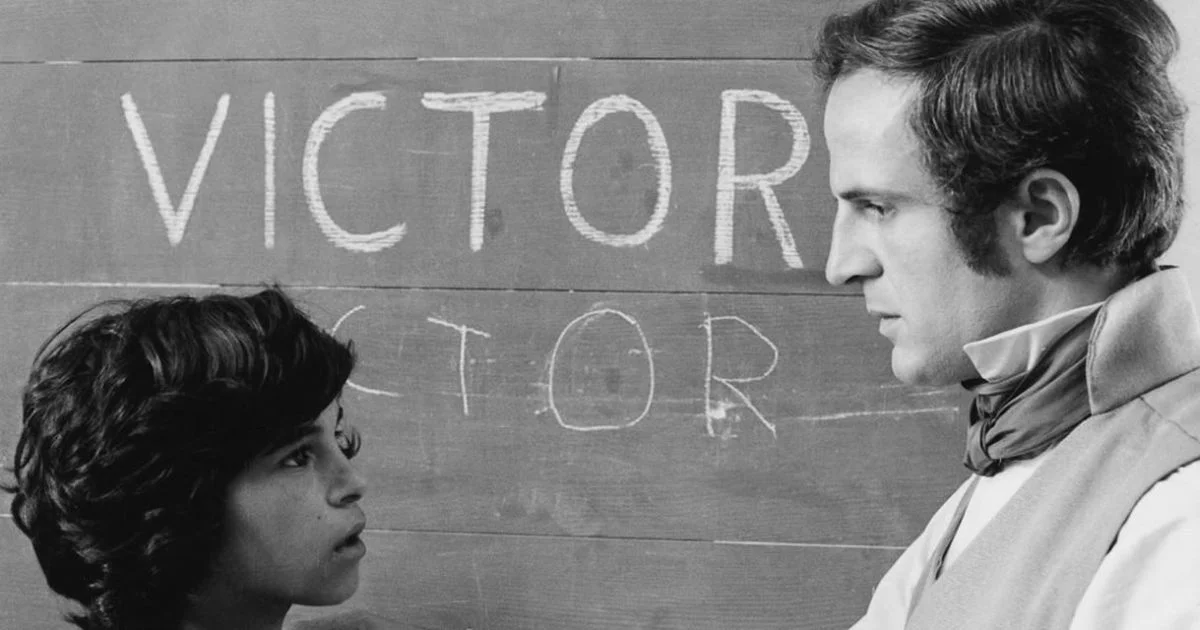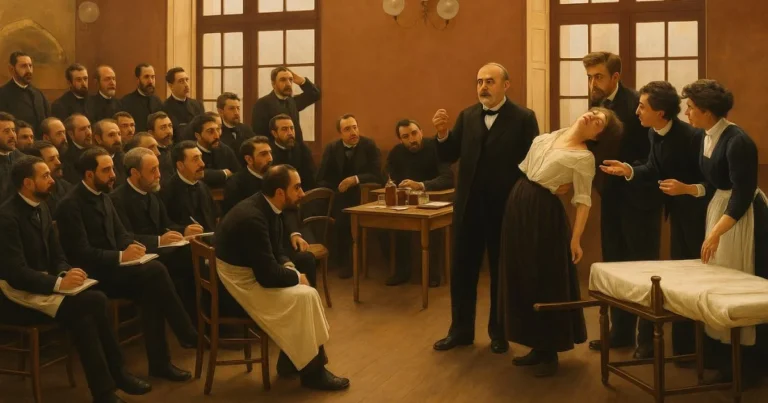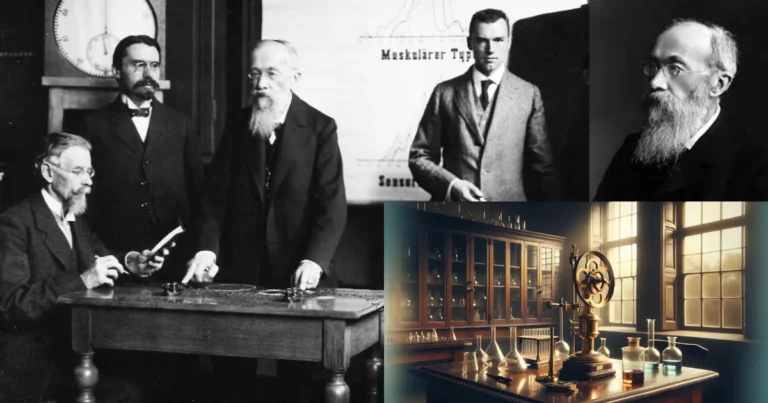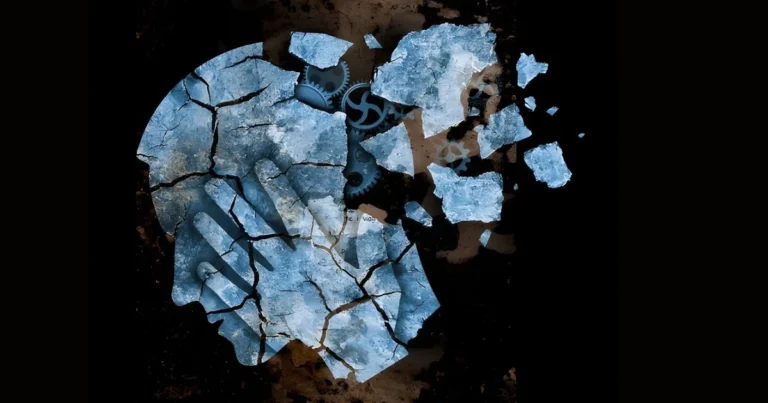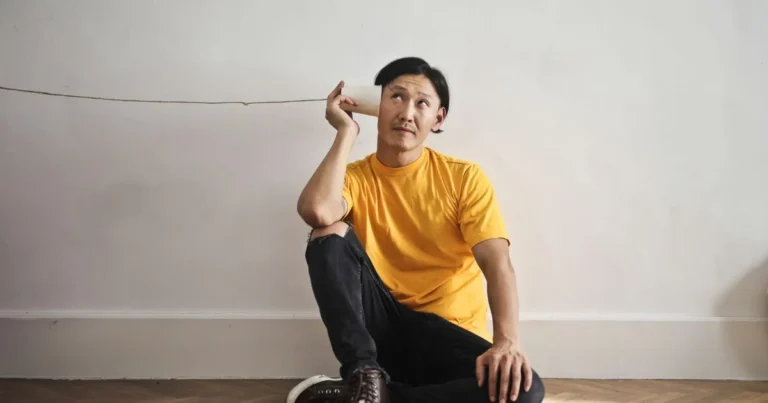The tragic brain of Victor the wild child
In 1799, deep within a forest in southwestern France, villagers witnessed a scene reminiscent of a bygone era: a child, naked, filthy, his hair tangled, fled from human presence like a hunted animal. He had survived alone for years, immersed in the wilderness. This boy, later known as Victor of Aveyron, would captivate scientists, philosophers, and educators for centuries. Was he a relic of a primitive humanity? A child lost, resistant to civilization? Or living proof that without others, a human being never truly becomes human?
Victor’s story raises fundamental questions about human nature and what it truly means to “become” human. What remains of a child who has never known language, affection, or social structure? What happens to a brain deprived of the essential interactions needed for its development? These questions resonate with renewed urgency today, illuminated by recent discoveries in neuroscience, particularly concerning brain plasticity, critical developmental periods, and the effects of sensory and social deprivation.
Victor was taken in by Jean Itard, a physician driven by the belief that education could uncover the man hidden beneath the shell of savagery. For five years, Itard tried to transform Victor, to bring him to speech, empathy, and self-awareness. Although his efforts met with only partial success, they sparked a lasting reflection on the limits and potential of the human brain. Today, advances in science reveal that Victor’s experience was not just an extreme human ordeal, but a powerful testament to how environment shapes, or breaks, the brain’s potential. The human brain is a marvel of plasticity, but it is also deeply vulnerable. Far from the romantic image of a free, happy child of the woods, Victor was above all a tragic witness to what becomes of humanity without others.
Fragile beginnings: Why the human brain waits to be made
Human existence is marked by a fascinating paradox: at birth, we carry immense potential, yet we are trapped in profound vulnerability. Where a fawn runs within hours and a chimp instinctively clings to its mother, the human newborn cannot walk, speak, or even hold its head. This biological immaturity, far from a weakness, is the key to our uniqueness.
At birth, the human brain is unfinished. It contains approximately 86 billion neurons, but these nerve cells are only weakly connected. Synapses, the junctions that enable communication between neurons, are still forming. This embryonic network is primed for growth, but it requires one essential condition: it must be nurtured by experience. Every gaze, every sound, every touch triggers a cascade of electrochemical signals that gradually shape the brain’s circuits. The brain is not static; it is malleable, constantly ready to reorganize itself.
This cerebral plasticity is especially intense in the early years of life. During this period, the brain can form up to two million new connections per second, a true synaptic frenzy. However, this abundance is only the beginning. What matters is not the quantity, but the quality. Connections reinforced through use, hearing language, being touched, observing faces, are stabilized. Those left unstimulated gradually wither away. This process, known as synaptic pruning, refines the brain to adapt precisely to its environment.
In Victor’s case, this environment was tragically absent. Isolated, lacking structured human contact, he was deprived of the stimuli essential for cognitive development. The sounds he heard lacked the repetitive, meaningful patterns of language. The movements he perceived were not the gentle, predictable gestures of a caring parent, but the raw, unstructured motions of nature, devoid of code or tenderness. Deprived of these exchanges, his brain grew like an untended forest, dense, chaotic, incapable of forming the clear pathways needed for communication, memory, or symbolic thought.
Neuroscience shows that certain abilities, especially language, rely on critical windows of time. If the brain does not receive the right stimulation in time, it loses the ability to fully develop those functions. Victor is a poignant example of what happens when plasticity remains unfulfilled for lack of material to shape it. His brain, left to itself, reveals a profound truth: human nature is not innate, it is built, patiently, through connection.
Absence leaves a mark: The invisible marks of isolation on the brain
Jean Itard, a young physician inspired by Enlightenment ideals, saw Victor as a living experiment, almost philosophical in nature, a chance to prove that even a child deprived of civilization could be guided toward humanity through the power of education. For five years, Itard tirelessly worked to socialize Victor, to teach him language, gestures of affection, recognition of objects and faces. Progress was slow but evident. Victor understood certain instructions, showed attachment, and responded to the emotions of those around him. Nevertheless, he never spoke.
This painful reality long fueled the debate between nature and nurture. Was it the indelible mark of a human nature abandoned too long to itself? Or was it the limit imposed by an inadequate environment during a critical developmental period? Contemporary neuroscience, particularly the work of Stanislas Dehaene, sheds precise light on this question.
Dehaene notes that the human brain is born with a structure predisposed to certain learning abilities, face recognition, sound perception, the ability to imitate, but that these predispositions only flourish through interaction. Language, for instance, depends on specific brain circuits (Broca’s and Wernicke’s areas), present at birth but still immature. For these circuits to develop, they must be activated by early and repeated exposure to language sounds. This critical period, primarily between birth and age six, determines the capacity for fluent language mastery.
While brain plasticity is a powerful force in children, it relies on one condition: active interaction with the surrounding world. Without stimulation, certain skills, such as language, may never emerge, or do so only in a limited way. In Victor’s case, this period passed without his brain receiving the necessary input. Deprived of structured language, his neural circuits remained fallow.
This observation does not negate the cultural dimension of humanity. On the contrary, it reveals that human nature is designed to be shaped. Our brain is wired for learning, but it must learn to function. Victor, in this sense, was the tragic result of immense potential left unrealized, due to the absence of a social environment to activate it. Modern research thus moves beyond the simplistic divide between nature and nurture. Nurture is embedded in nature, and nature awaits nurture to express itself. The human brain is made to interact, to be changed, sculpted by others. Without that other, humanity remains suspended. Victor did not lose his humanity; he simply never had the chance to fully realize it.
Shaped to be shaped: The brain’s built-in need for the world
Victor’s story, however singular, finds disturbing echoes in real situations today. Far from an isolated case, he reflects the destinies of children subjected to extreme deprivation. The work of neuroscientist Charles Nelson, conducted through the Bucharest Early Intervention Project, has highlighted the devastating consequences of emotional neglect on brain development.
In the 1990s, following the fall of Ceaușescu’s regime, tens of thousands of children were discovered in Romanian orphanages, living in inhumane conditions. Isolated, poorly stimulated, these children received only the bare minimum, fed, bathed, but rarely touched, rarely looked at. Their cries went unanswered. Like Victor, they grew up without language, without connection, without emotional anchors. Neurological studies showed that these children exhibited severe cognitive delays, below-average IQs, and reduced brain activity, especially in regions linked to emotion and social regulation. Romanian orphans, like Victor, developed in a relational void, unable to form strong neural connections. Their behavior often revealed difficulty forming stable attachments, a typical symptom of children deprived of regular human interaction. But where Victor remained trapped in isolation, some of these children, placed in foster care at a young enough age, partially recovered their cognitive and emotional capacities.
This is where hope re-emerges. While brain plasticity is most vibrant in early childhood, it never fully disappears. Children removed early from Romanian orphanages and placed in nurturing homes demonstrated a remarkable ability to catch up. Their cognitive skills, ability to form attachments, and even their brain’s electrical activity showed signs of gradual normalization. These children benefited from a critical window that remained open, a time during which their brains, though wounded, could still reorganize, adapt, and absorb the emotional and social stimuli essential for their development.
Conversely, those adopted later, after the age of two, faced severely limited recovery. Their brains, deprived too long of meaningful human contact, had passed that critical threshold. Though they could still make progress, thanks to residual plasticity in certain regions, they often bore lasting scars, attachment disorders, learning difficulties, or emotional rigidity. These contrasts underscore the vital importance of early life: it is not merely a time of growth but a moment when the brain is at once most sensitive, most malleable, and most vulnerable.
Victor, in this respect, shares the fate of children adopted too late. His brain lacked not only love or language, it had, over time, lost the ability to fully grasp them. Nevertheless, the case of children adopted early reminds us that timely intervention can change a life’s course. The environment, when it arrives in time, can awaken, stimulate, and allow a human being to flourish. Speech, affection, music, and play are not trivial, they are the very building blocks upon which thought, memory, and identity are constructed. To deprive a child of them is to mortgage their future. To offer them is to allow them to fully inhabit their human condition.
Victor was both a mystery and a mirror. A mystery, because he embodied what we fear most: the loss of connection. A mirror, because he reveals our deep dependence on others. His case teaches us that our humanity is fragile, conditional, yet profoundly resilient.
By protecting the early years of life and providing children with dignified and loving conditions, we give them a chance, the chance to turn their potential into reality.
Références :
Dehaene, S. (2018). Apprendre ! Les talents du cerveau, le défi des machines. Paris : Odile Jacob.
Eagleman, D. (2015). The Brain: The Story of You. New York: Pantheon Books.
Itard, J. M. G. (1801/1806). Mémoires sur Victor de l’Aveyron. Paris : Goujon.
Maguire, E. A., Gadian, D. G., Johnsrude, I. S., Good, C. D., Ashburner, J., Frackowiak, R. S., & Frith, C. D. (2000). Navigation-related structural change in the hippocampi of taxi drivers. Proceedings of the National Academy of Sciences, 97(8), 4398-4403.
Nelson, C. A., Fox, N. A., & Zeanah, C. H. (2014). Romania’s Abandoned Children: Deprivation, Brain Development, and the Struggle for Recovery. Harvard University Press.
Perry, B. D. (2002). Childhood experience and the expression of genetic potential: What childhood neglect tells us about nature and nurture. Brain and Mind, 3(1), 79-100.
Shattuck, R. (1980). The Forbidden Experiment: The Story of the Wild Boy of Aveyron. New York: Farrar, Straus and Giroux.

Sara Lakehayli
PhD, Clinical Neuroscience & Mental Health
Associate member of the Laboratory for Nervous System Diseases, Neurosensory Disorders, and Disability, Faculty of Medicine and Pharmacy of Casablanca
Professor, Higher School of Psychology

